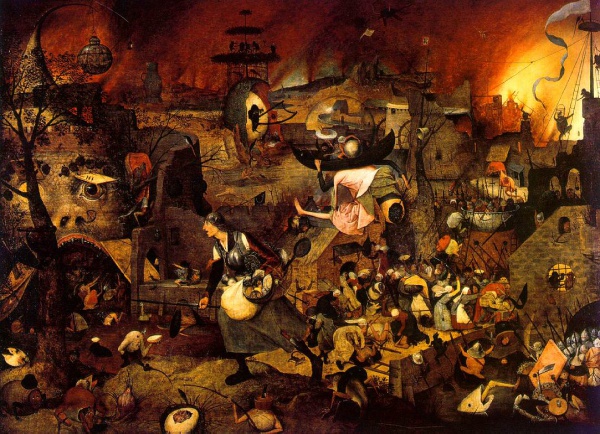Facts About Dulle Griet (Dull Gret)
"Dulle Griet" also known as "Mad Meg" is a captivating character from Flemish folklore, immortalized in a 1563 oil painting by the renowned artist Pieter Bruegel the Elder. This mesmerizing artwork, currently displayed at the Museum Mayer van den Bergh in Antwerp, portrays Dulle Griet leading a group of women on a daring raid into Hell itself.
In 2018, a restoration of the painting uncovered its creation date and confirmed Bruegel's relocation to Brussels during that period. Bruegel's style in this work exhibits clear influences from the earlier artist Hieronymus Bosch, suggesting that this piece was likely part of a larger series.
In the painting, Dulle Griet is depicted in male armor, symbolizing strength and defiance, as she leads her followers through a chaotic landscape teeming with monstrous creatures representing various sins. She wields a sword and a knife, underscoring her aggressive and determined nature. An analysis conducted by scientists at Ghent University has revealed that Bruegel used smalt, a type of blue pigment, for the central figure's robe, offering insights into his materials and techniques.
The painting's history is as rich as its imagery. According to Bruegel's biographer, the artwork depicts Dulle Griet staring into the mouth of Hell. Over the centuries, the painting has passed through many hands: it was once owned by Holy Roman Emperor Rudolf II, looted by Swedish troops in 1648, and later surfaced in Stockholm and Cologne.
The term "Griet" refers to a bad-tempered woman, and the painting serves as a satire on greed and aggressive behavior. Dulle Griet's story has even found its way into modern literature, appearing in Caryl Churchill's play "Top Girls" where she recounts her hellish adventure.

 France
France